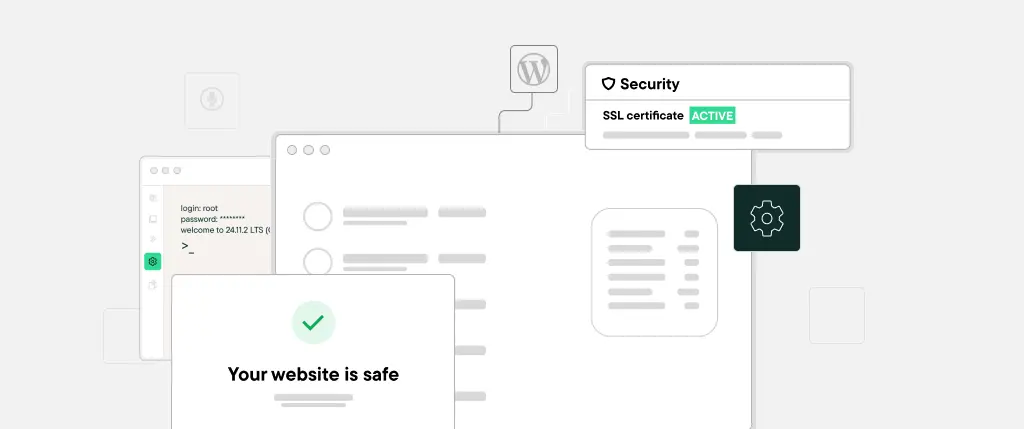WordPress performance budgeting is essential in an era where milliseconds make or break user experience. In the fast-paced digital space, performance directly impacts SEO rankings, conversions, bounce rates, and user satisfaction.
Yet, as WordPress projects scale, performance often deteriorates – due to bloated plugins, unoptimized media, and heavy page builders. To fight this creep, developers, designers, and content teams must adopt performance budgeting as a core part of the workflow.
This guide will help you master WordPress performance budgeting – from setting practical goals to enforcing them automatically using CI tools and plugins like Sitebox.
What Is a Web Performance Budget?
A web performance budget is a measurable limit set on key metrics such as:
- Page size (KB)
- Number of HTTP requests
- Time to First Byte (TTFB)
- Largest Contentful Paint (LCP)
- Total Blocking Time (TBT)
Think of it like a calorie count for your website. Just as healthy eating involves limiting processed foods, healthy websites avoid bloated assets and render delays.
Why WordPress Needs Performance Budgets
WordPress flexibility is its strength – and also its weakness. Out-of-the-box themes, third-party plugins, and page builders can:
- Load excessive JavaScript and CSS
- Make redundant HTTP requests
- Serve oversized images and fonts
- Delay time-to-interaction
Without a performance budget, sites silently degrade over time – hurting both UX and rankings.
🎯 Benefits of Performance Budgeting
- SEO Boost – Google prioritizes speed in Core Web Vitals.
- Lower Bounce Rates – Faster pages keep visitors engaged.
- Server Cost Savings – Lightweight sites reduce hosting demands.
- Fewer Regressions – Catch performance issues before going live.
📊 Setting Realistic Budgets (With Benchmarks)
Tailor your budget by site type:
| Site Type | Total Page Weight | LCP Target | TBT Target |
|---|---|---|---|
| Blog | < 1 MB | < 2.5s | < 200ms |
| Ecommerce | < 1.5 MB | < 2.5s | < 300ms |
| Landing Page | < 800 KB | < 2s | < 150ms |
🔗 Use tools like PageSpeed Insights or WebPageTest to benchmark competitors.
🧰 Tools to Enforce WordPress Performance Budgets
1. Lighthouse CI
Integrate budget checks into your deployment process.
Sample lighthouse-budget.json:
{
"resourceSizes": [
{ "resourceType": "script", "budget": 150 },
{ "resourceType": "image", "budget": 300 }
],
"timings": [
{ "metric": "interactive", "budget": 3000 }
]
}2. WebPageTest
Provides deep metrics for LCP, TBT, and Speed Index across regions and devices.
3. Chrome DevTools Lighthouse
Use the built-in audit tab in Chrome to manually verify against your performance budget.
⚠️ Common Pitfalls in WordPress Projects
1. Plugin Overload
Each plugin adds scripts and DB queries. Audit regularly using Query Monitor.
2. Heavy Themes
Avoid bloated multipurpose themes. Opt for light frameworks like:
3. Poor Media Practices
Always:
- Compress images before upload
- Serve in WebP or AVIF
- Enable lazy loading
💻 Practical Code Examples
Dequeue Unused Plugin Scripts
function dequeue_unwanted_assets() {
if (!is_page('contact')) {
wp_dequeue_style('contact-form-7');
wp_dequeue_script('contact-form-7');
}
}
add_action('wp_enqueue_scripts', 'dequeue_unwanted_assets');Add Custom Performance Marks
performance.mark('start-interaction');
// custom JS logic
performance.mark('end-interaction');
performance.measure('interaction-time', 'start-interaction', 'end-interaction');✅ Best Practices for Performance Budgeting
1. Make It a Team Responsibility
Designers, content writers, and marketers should be educated on:
- Image compression
- Embedding rules
- Page builder limitations
2. Test on Staging
Run performance audits on staging environments to catch slow plugins or oversized updates.
3. Automate Checks
Use GitHub Actions or Netlify Build Hooks with Lighthouse CI to catch regressions before deployment.
4. Audit Themes & Plugins
Before installing any asset, ask:
- Does it enqueue assets globally?
- Is it actively maintained?
- Are there faster alternatives?
🚀 How Sitebox Supercharges Your Performance Budget
Sitebox is built to help WordPress users stay within strict performance budgets:
- Exports your site as static HTML, reducing size and complexity
- Integrates seamlessly with Lighthouse audits and GitHub Actions
- Flags heavy plugins and oversized assets
- Includes real user monitoring (RUM) to track real-world performance
🔗 Try Sitebox to simplify your performance workflow.
Final Thoughts
WordPress performance budgeting is more than a best practice -it’s a safeguard against slow, bloated websites. By adopting a performance-first mindset, setting realistic targets, and enforcing them with automated tools, your team can deliver high-performing, future-proof sites.
👉 Don’t let performance be an afterthought – make it a habit with the right tools and workflow.




